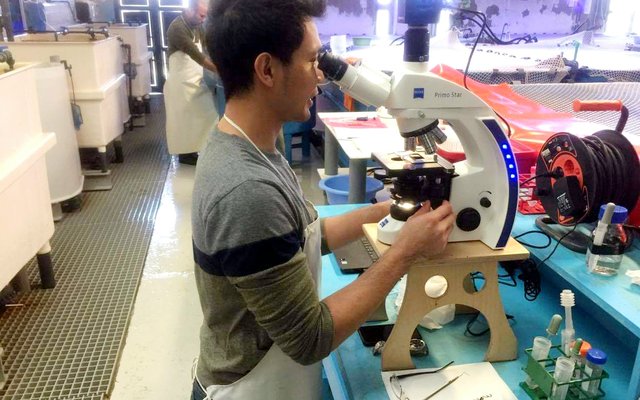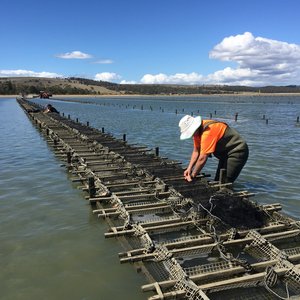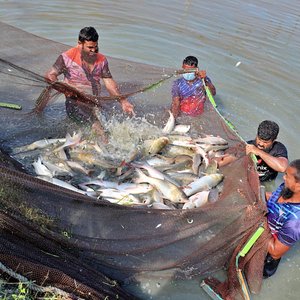Currently, almost all commercial gilthead seabream and European seabass hatcheries rely on spontaneous mass spawning and communal rearing of the produced progeny for their production purposes, and the same approach is used by most hatcheries in order to implement breeding selection programs. The mating patterns and reproductive success of each breeder in a mass spawning event are difficult to quantify and a successful breeding program requires a significant number of parents to participate in each spawn, in order to produce progeny of multiple families. Increasing parentage contribution in aquaculture broodstocks is important, in order to take full advantage of the available genetic makeup of the chosen fish, and avoid inbreeding and loss of allele diversity over subsequent production generations.
A team of European researchers evaluated European seabass (Dicentrarchus labrax) broodstock over two reproductive seasons to examine spawning kinetics, egg production, and parentage contribution during spontaneous/volitional spawning. In addition, the team obtained preliminary results on the potential of hormonal therapy to synchronize spawning and increase parentage contribution.
Spawning lasted between 25 and 66 days from January-March and consisted of 12–21 daily spawns per broodstock, with individual females spawning 1–5 times and males participating in 1–8 spawns during each reproductive season.
Daily fecundity was variable during the season, without any trend, and so were all the examined egg/larval quality parameters. Parentage assignment of the produced families indicated that the majority of progeny from a whole season may belong to a very small number of breeders, with four females producing up to 80% of the analyzed eggs, while a single male may sire up to 57% of the fertilized eggs.
No significant improvement in the overall parentage contribution was obtained with the hormonal treatment, using gonadotropin-releasing hormone agonist (GnRHa). Nevertheless, the daily fecundity was higher, and parentage of the eggs from the first spawn after GnRHa treatment was more equally distributed to multiple males/females, compared to any volitional spawns.
“The study demonstrates the need to further improve parentage contribution in European seabass aquaculture, through synchronization of maturation and spawning. Although the GnRHa induction experiment was not replicated in the present preliminary study, the results suggest that hormonally-induced synchronization of maturation may have the potential of producing a larger number of progenies from more families, from where to select the next generation of breeders for a breeding program,” researchers concluded.
Read the study here.













